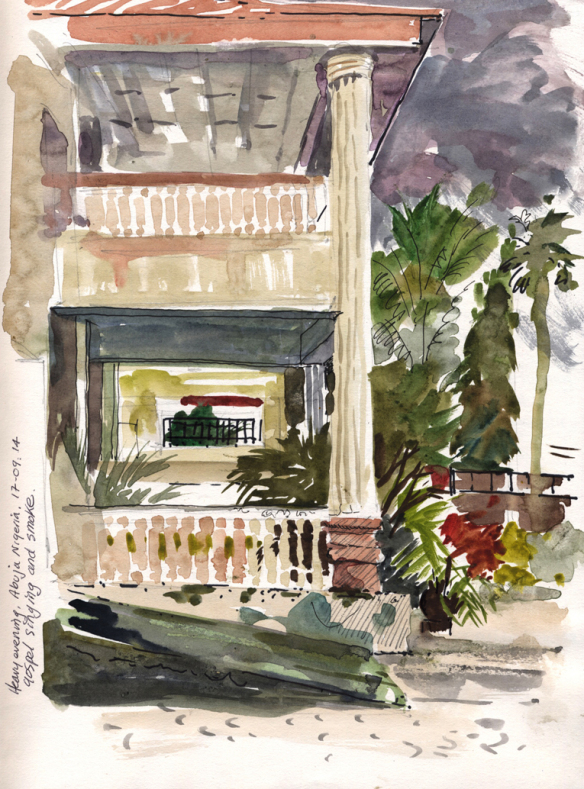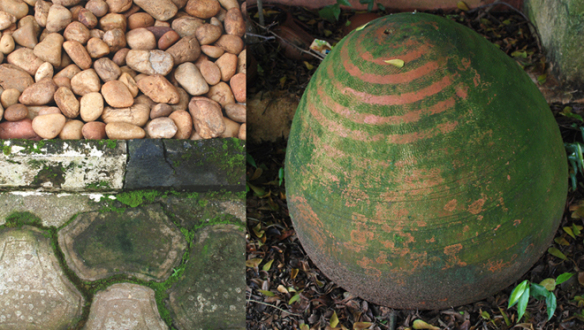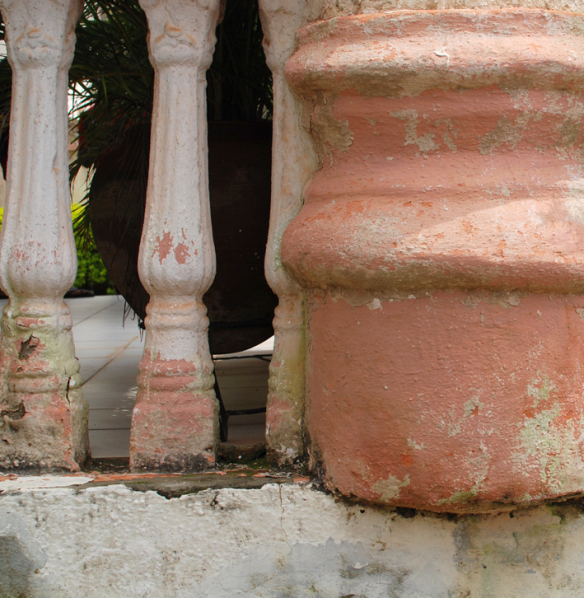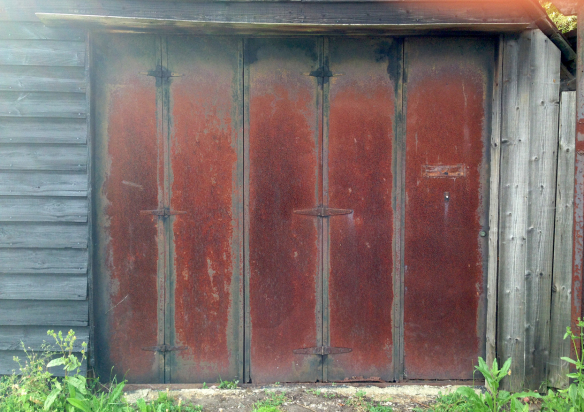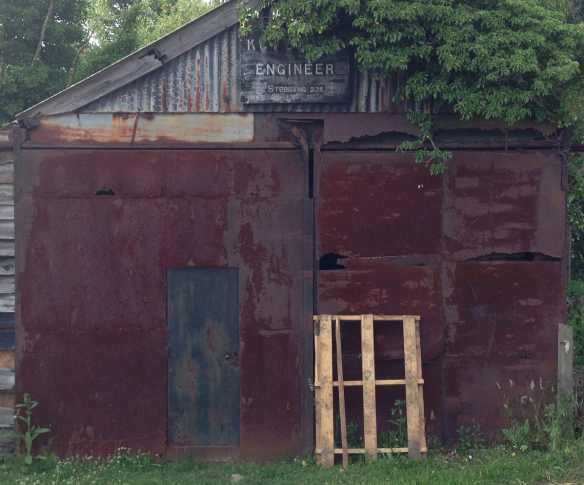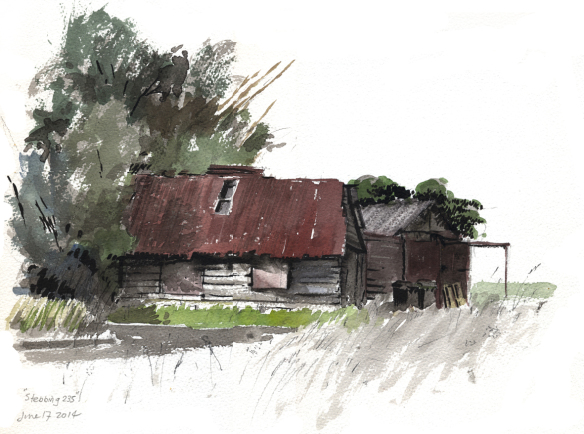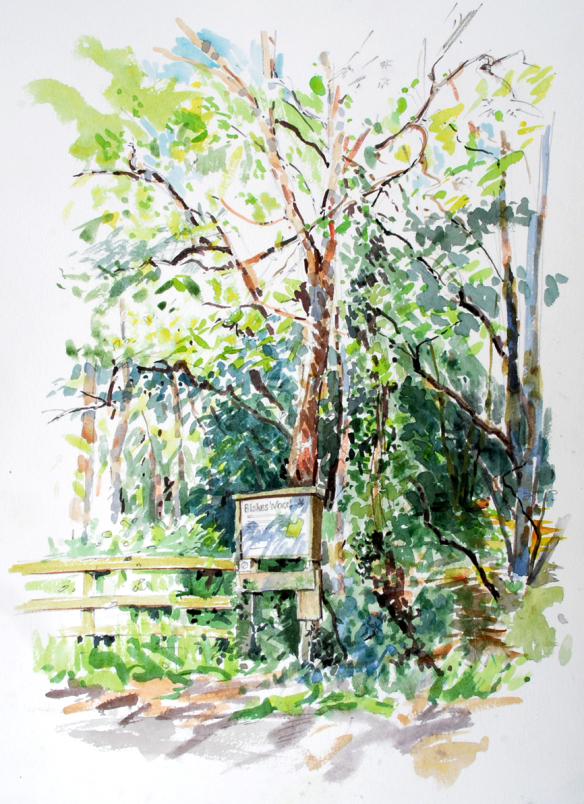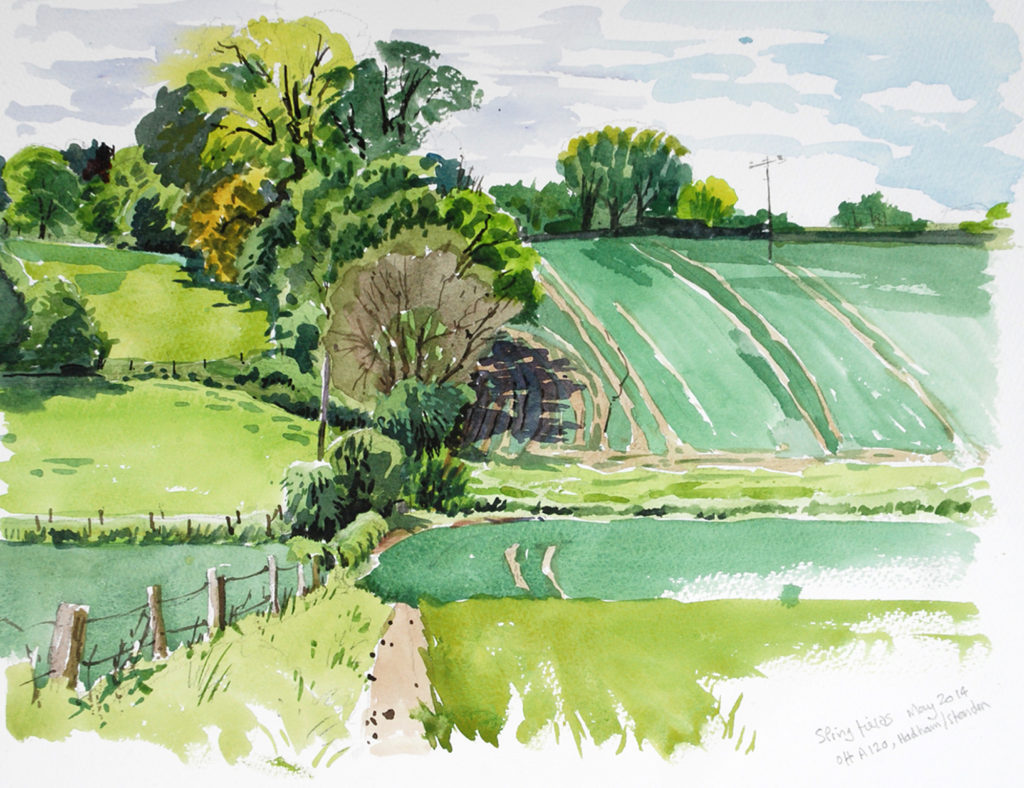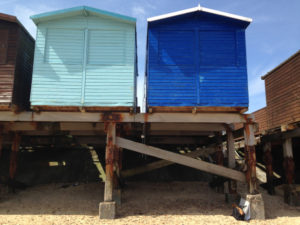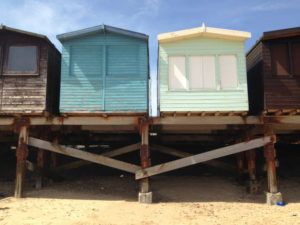Sketches from three years ago used as reference for this paper collage. Agamas, though absolutely
everywhere in Nigeria, never let you get close, and these two females looked down on me with
confidence, verging on smugness, knowing they could dash away at lightning speed.

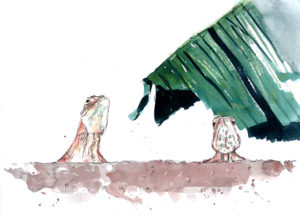
“Has he seen us? Yeah I think he’s seen us…”
I’ve recycled pieces of what was a ‘failed’ watercolour painting (we’ve all got them…), in this case
a landscape of a wheat field and evening sky, to hint at the texture and colour of the lizards atop
the garden wall in Osogbo. I omitted the actual wall, as I wanted to concentrate the viewer’s
attention on the lizards under the huge banana leaf. It may have been interesting to include
some shards of glass for a spot of urban realism, but I decided against it. For the impression
of bright sunlight bouncing off of every surface, it seemed ‘less is more’ was the way to go.

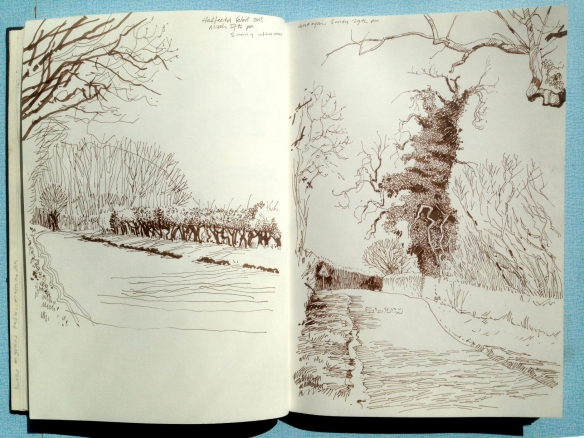
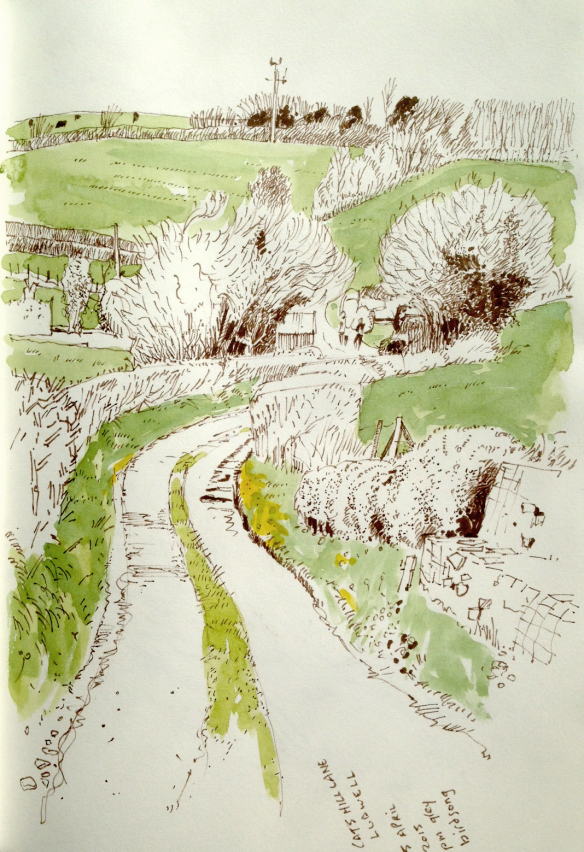

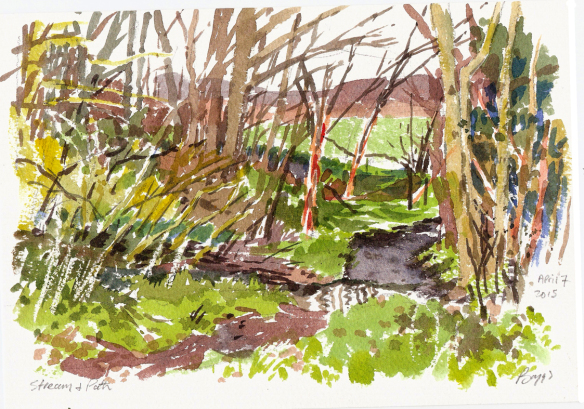
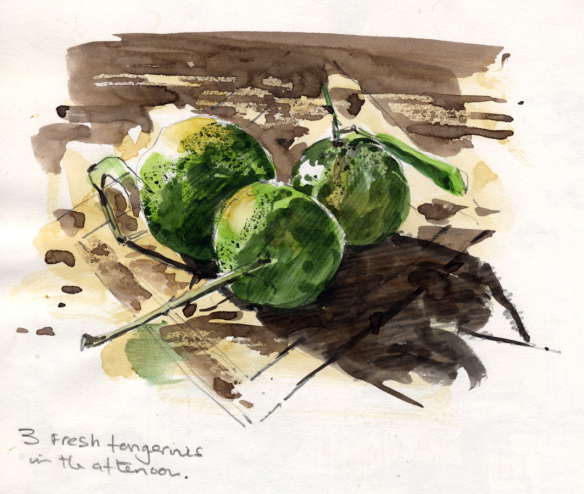
 Nearby is a plot of land owned by the family, and Jumoke is developing it as a cafe and art centre. Work had just started as we visited. The site has a pretty stream with characteristic large boulders, banana plants and a tall old palm, which will make an ideal backdrop for the thatched parasol outdoor seating that’s planned.
Nearby is a plot of land owned by the family, and Jumoke is developing it as a cafe and art centre. Work had just started as we visited. The site has a pretty stream with characteristic large boulders, banana plants and a tall old palm, which will make an ideal backdrop for the thatched parasol outdoor seating that’s planned. Opposite the site is a churchyard with mature trees and gardens giving the neighbourhood a relaxed suburban feel, and next to that is the Justice Development
Opposite the site is a churchyard with mature trees and gardens giving the neighbourhood a relaxed suburban feel, and next to that is the Justice Development
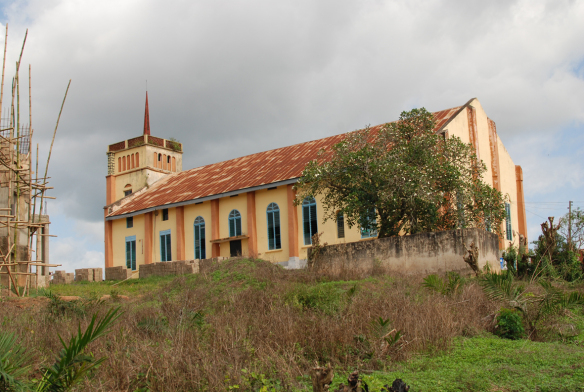 While we wait for our helper to arrive on the back of a ‘machine’, we start collecting old drinks cans, pieces of broken tile and general litter from around the site into an empty bucket sized paint can, itself a piece of litter! I’m grateful for my hat, and already thinking we haven’t brought enough water. A Woodland Kingfisher perches patiently on a wire across the road, and later presents a trophy to its mate,trilling loudly withy much excitement, on a horizontal branch of a tree in the grounds. I couldn’t make out the prey item, but guessed at a small lizard.
While we wait for our helper to arrive on the back of a ‘machine’, we start collecting old drinks cans, pieces of broken tile and general litter from around the site into an empty bucket sized paint can, itself a piece of litter! I’m grateful for my hat, and already thinking we haven’t brought enough water. A Woodland Kingfisher perches patiently on a wire across the road, and later presents a trophy to its mate,trilling loudly withy much excitement, on a horizontal branch of a tree in the grounds. I couldn’t make out the prey item, but guessed at a small lizard. Our helper arrived and proceeded to start cleaning the marble with detergent. Standing close to two slabs of concrete lying near the wall and in bare feet, he suddenly jumped back and stabbed the ground with the scrubbing brush, impaling the small scorpion that had just stung him on the inside of his foot! This was a problem. Fortunately, there were some church members on site supervising the building of the new church nearby, and one of them was an expert in herbal remedies. In no time at all he had come down to the graveside holding a leafy branch, and after
Our helper arrived and proceeded to start cleaning the marble with detergent. Standing close to two slabs of concrete lying near the wall and in bare feet, he suddenly jumped back and stabbed the ground with the scrubbing brush, impaling the small scorpion that had just stung him on the inside of his foot! This was a problem. Fortunately, there were some church members on site supervising the building of the new church nearby, and one of them was an expert in herbal remedies. In no time at all he had come down to the graveside holding a leafy branch, and after 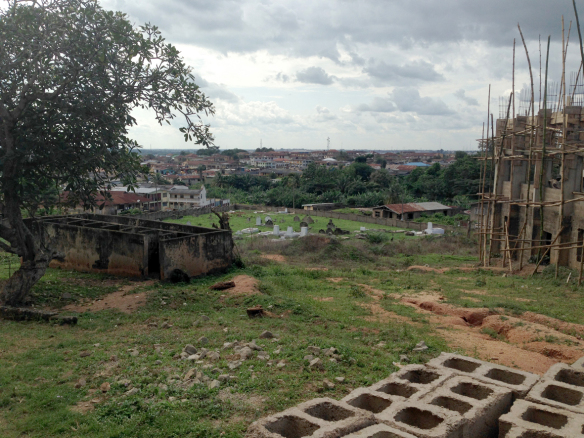
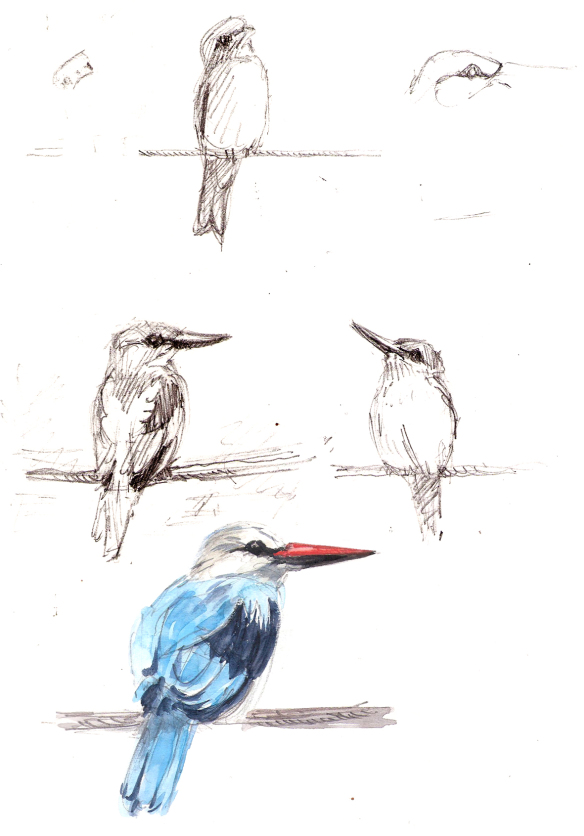
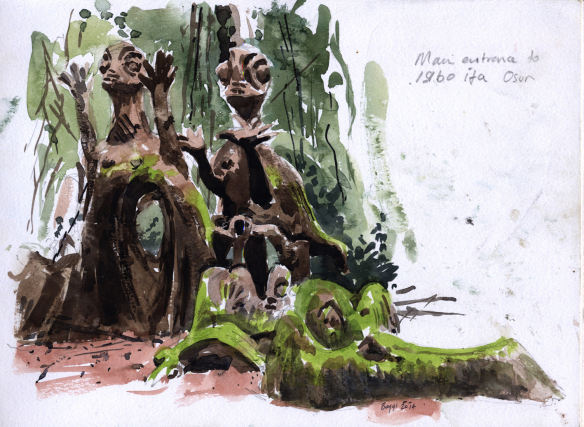 Nature reclaims all that is hers and the sculptures benefit greatly from mosses and litchens, finding a home on the rendered clay works. Adds to the mystery and spiritual energy of the place.
Nature reclaims all that is hers and the sculptures benefit greatly from mosses and litchens, finding a home on the rendered clay works. Adds to the mystery and spiritual energy of the place.
 As the patch of forest is a sacred site and therefore protected, there is much in the way
As the patch of forest is a sacred site and therefore protected, there is much in the way I tried to capture these monkeys very quickly before we left, constant movement and life energy…if only there was more time!
I tried to capture these monkeys very quickly before we left, constant movement and life energy…if only there was more time!
